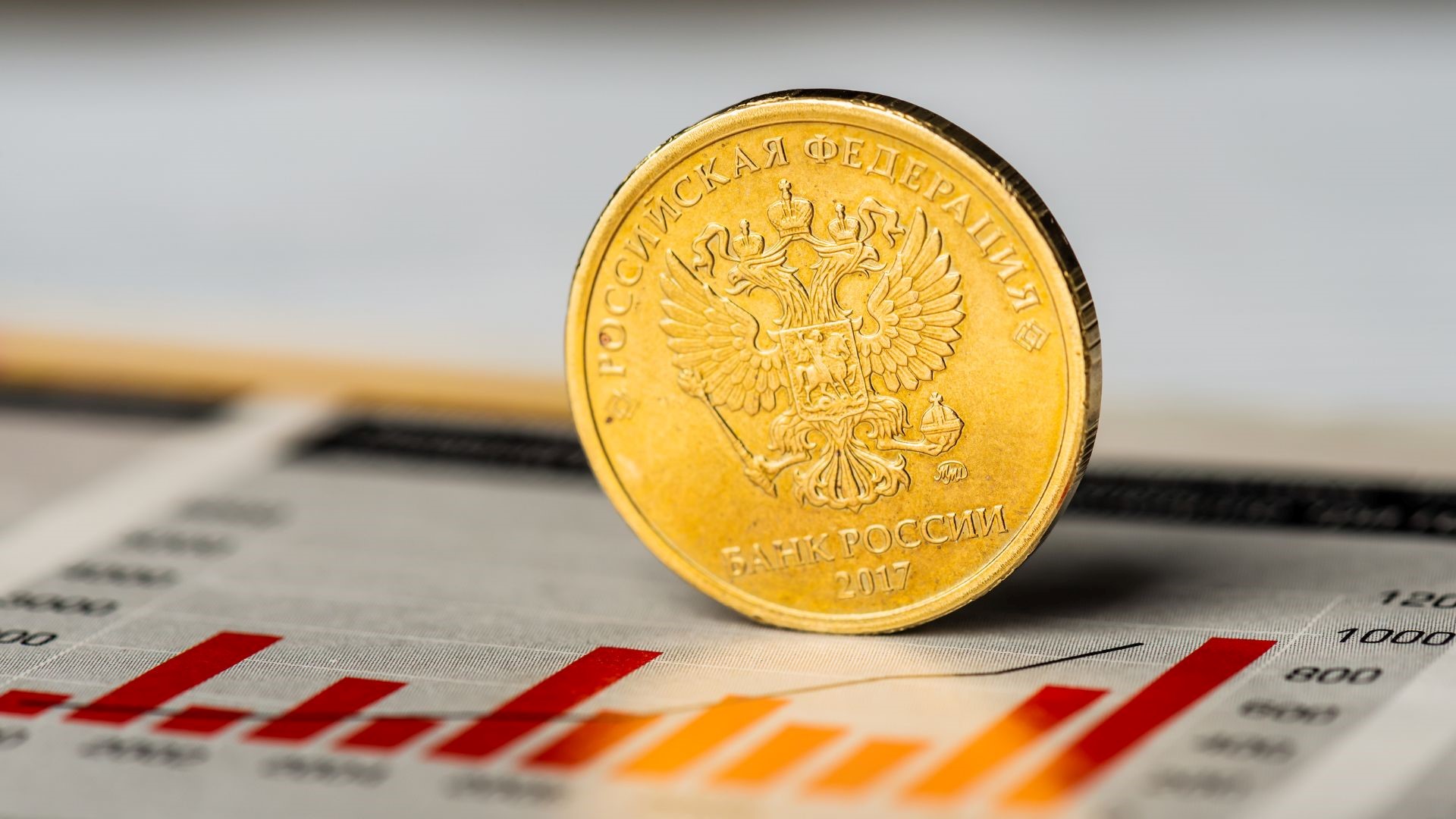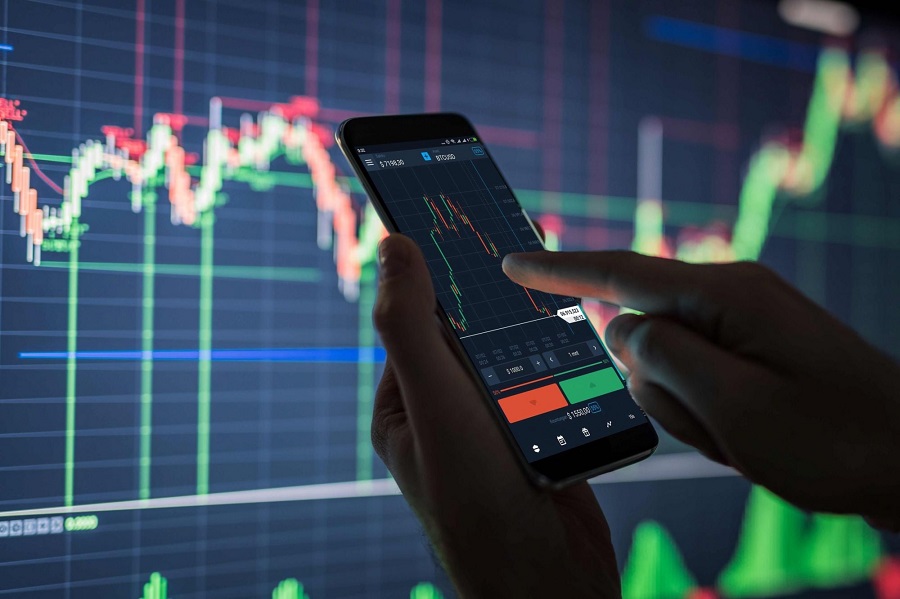Forex historical data is the most important thing in forex trading. It is used to make predictions and define trends. Many traders use it to determine when they should buy or sell a certain currency pair.
This article will explain how to use forex historical data and how you can use it to make profitable trades with your forex trading account.
The currency pairs in the Forex market are traded in pairs. The most common pair is USD/JPY, EUR/USD, GBP/USD, AUD/USD, and NZD/USD.
There are several ways to use historical data to trade with. One way is to analyze past price patterns and try to spot something similar in the future. This can be very useful for making long-term forecasts on currencies that have a long history of trading. You can also use historical forex market data to make shorter-term predictions about what might happen next.
The first step to using historical data is to create a data source. which are discussed below.
FTP – Copy and paste your historical data files into a folder on your computer.
- CSV – Paste your historical data in a comma-separated value (CSV) file.
- XML – Paste your historical data in an XML file.
Forex Historical Data
The first thing you need to do when you’re starting out is to get some forex historical data.
- Use a forex broker’s website or app and download their historical data;
- Trade on an automated system that has access to historical data;
- Go back in time on your own computer by using a tool like Google Finance or Yahoo Finance;
- Buy or sell currencies directly from an exchange
Types of Forex Market Analysis
The idea of analysis might not make sense to a newbie forex trader. There are three major groups.
Fundamental Analysis
By tracking statistics like interest rates, unemployment levels, the country’s gross domestic product (GDP), and other sorts of economic data that countries release, fundamental analysis is frequently used to study developments in the currency market. For instance, data on interest rates in the Euro currency would be more helpful than data on interest rates in the United States to a trader performing a fundamental analysis of the EUR/USD exchange rate by using API for currency exchange. Also, in order to assess the relationship between the state of each Eurozone nation’s economies, such traders would want to be aware of any noteworthy news releases.
Technical Analysis
Several manual and automatic technologies are used for the technical analysis. With a manual system, a trader typically evaluates technical indicators and converts the information into a buy or sell decision. When a trader conducts an automated trading analysis, the computer program is “taught” to seek specific signals and evaluate them to make buy or sell choices. The fact that automated analysis is designed to exclude behavioral economics from trading decisions gives it an edge over its manual equivalent. best Forex API systems predict the future direction of a certain currency based on previous price fluctuations.
Sentiment Analysis
Techniques for sentiment analysis determine how traders generally feel about the foreign exchange market or a particular currency pair. Regrettably, there is little a tiny trader can do to influence market sentiment. For instance, you are helpless if everyone else is optimistic and you believe the currency should decline. The sense of market sentiments can, however, be used to inform a trading strategy. How? You can identify early changes in the market opinion and take a strategic position at the beginning of important movements.
Forex trading is a highly volatile market. One day you can be making profits and the next day you can lose it all. This volatility can make it difficult to determine when the right time to buy or sell.
However, there are three main types of analysis in forex: fundamental, technical, and historical trading. Each has its own purpose and role in determining your entry and exit points for a given trade.
You can also use crypto data API, which provides historical prices for each asset with granular filtering on time intervals, currency, and exchange. this API is available to developers who are interested in building applications that can access the crypto data provided by BitMEX. The API allows you to get information about the cryptocurrency markets and perform various types of analysis on the data. The API allows you to retrieve real-time prices and volume for each currency in the public blockchains of these currencies.
Conclusion
Making good entry and exit points is the key to trading success in any market, but especially in the forex market. The forex market, because of its 24-hour nature, has listed three types of analysis that you can use to make and verify proper entry and exit points.




